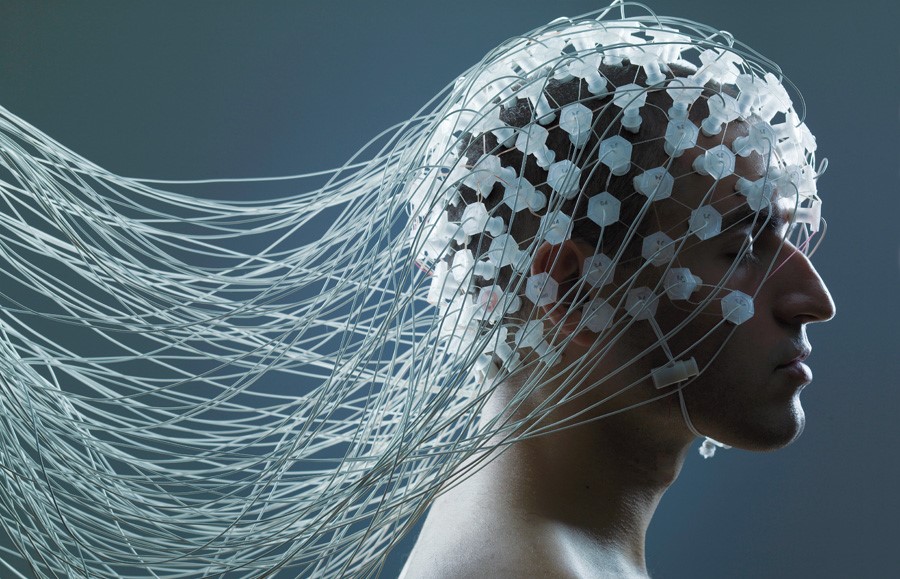Neuromarketing: how brain research helps brands sell

Neuromarketing is a new direction in marketing, which uses brain research to study customer behavior. In 2015, the global turnover of such studies amounted to $ 26 billion. Procter & Gamble, General Motors and other companies create their own commercials based on neuromarketing research.
Natalia Galkina, director of the neuromarketing neuromarketing company, spoke about the development of this trend in Russia in an interview for RR. We chose the most important.
')
What is neuromarketing?
Neuromarketing is a marketing research that uses brain science techniques and technologies. Neuromarketing allows you to determine, for example, who the target audience of a brand is.
“The most famous neuromarketing technology in the world, entitled“ The method of extracting Zaltman’s metaphors, ”by Harvard University professor Jerry Zaltman, developed at the end of the last century. It is based on the impact on the subconscious of a person through graphic images. The scientist found out that the correctly chosen picture activates the hidden images-metaphors that are born unconsciously and cause positive emotions that induce a person to make a purchase. Today, Procter & Gamble, General Motors and other leading companies identify the images they need, after which they build the schedule of their commercials based on them. ”
What do advertisers want to know?
Neuromarketing is now most actively engaged in advertising testing. The main question with which clients come to neuromarketing specialists is: “Why doesn’t the target audience see and accept the concept that I came up with?”.
State-owned companies evaluate the effectiveness of social advertising with the help of neuromarketing research: how the population relates to a particular topic, how to convey the meaning of the reform to a certain circle of people.
Researchers offer companies technology that can help find the most perceived image, the one that will be the easiest to convey to consumers.
“When a person catches a glimpse of a brand’s logo, he doesn’t have the opportunity to analyze it, but the brain manages to process what he sees. So, if a person encounters this image again, he will perceive it as something familiar, will have greater confidence in the company and, in the end, will give it preference when buying. ”
How are the studies?
The customer formulates the task - it could be, for example, brand promotion or strengthening of positions in the market. After that, the neuromarketing company gives recruiting agencies a description of the target audience and selects people for research.
At the next stage, people are invited to the laboratory for research using special equipment. With the help of devices register human neurophysiological parameters.
- Ai trackers (“eye tracking”) record eye movements and track gaze coordinates (exactly where you look). They are used to study the attention and interest of respondents.
- A high-resolution camera helps analyze micromimics to identify emotions (surprise, fear, irritation, joy, and other emotions).
- A polygraph (“lie detector”) is used to record respiration, indicators of cardiovascular activity, and electrical resistance of the skin. The polygraph is used to assess emotional involvement.
- Electroencephalograph records the bioelectric activity of the brain.
Usually, all instruments are used simultaneously in research. People are shown a video of the company and take data: indicators of attention, interest, memory, engagement and cognitive load.
The main tasks in neuromarketing are to correctly capture and interpret data. After analyzing the data, the researchers provide the customer with a report with recommendations. The whole procedure takes about five to seven days.
“Research by the neuromarketing agency SalesBrain has shown that active smartphone users are influenced by advertising more than those who like to watch TV. A person experiences more positive emotions when he sees an ad on the screen of a mobile device. According to Google and Nielsen, 28% of people who search the Internet for an hour using a phone or tablet make a purchase, and 55% come to the store. ”
What Russian brands use neuromarketing?
Leading Russian mobile operators, Cherkizovo, Borjomi, Faberlic and others. Neurotrend tested the movies Yolki 1914, both parts Bitter, Legend No. 17, The Crew.
How much does neuromarketing research cost?
The average cost of a full study - from 300 to 700 thousand rubles.
Is it ethical to conduct such research?
Neuromarketing is simply a new method of obtaining data in marketing. Researchers can make an in-depth analysis of consumer behavior, but they do not affect it. The law on advertising prohibits a hidden impact on a person.
However, technologies will evolve and in the future it will be possible to simplify data acquisition and obtain information about consumers without putting on instruments on it. This will entail a lot of ethical problems - a person may not know that he is participating in testing.

Source: https://habr.com/ru/post/311340/
All Articles